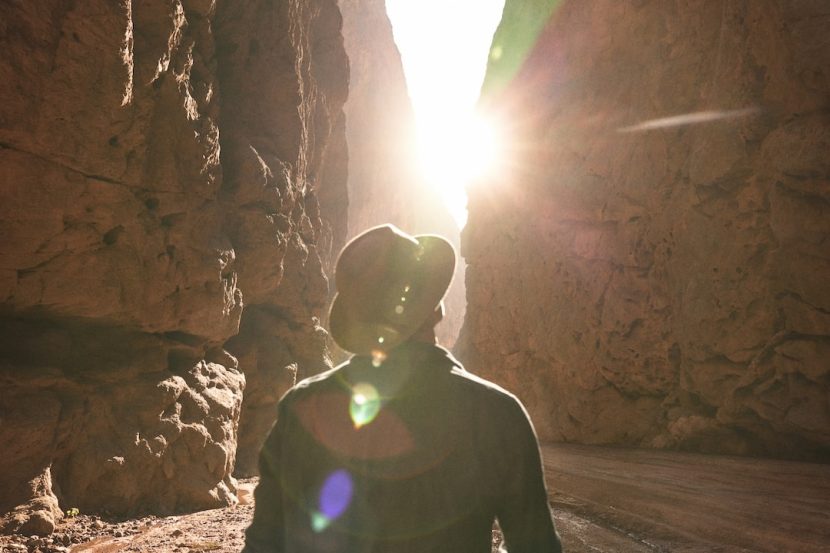Overview
Uluru, also known as Ayers Rock, is a sacred site located in the Northern Territory of Australia. This iconic natural formation holds great spiritual significance for the Anangu people, the traditional owners of the land. Many visitors are attracted to Uluru and often wonder whether they can climb or touch it. In this article, we will explore the debate surrounding climbing Uluru and the restrictions imposed on touching the rock.
The Controversy of Climbing Uluru
The option to climb Uluru has been a contentious issue for many years. While the climb was once permitted, it is important to note that the Anangu people have always discouraged visitors from doing so. They consider the rock formation a sacred site with great cultural significance. The traditional owners see climbing Uluru as disrespectful and a violation of their spiritual beliefs.
Environmental Concerns
In addition to the cultural concerns, the climb has raised environmental issues. The constant foot traffic has led to erosion and damage to the fragile surface of the rock. The Anangu people believe that this sacred site should be preserved in its natural state, and therefore, they have been advocating for the ban on climbing.
Decision to Ban Climbing
After many years of debate, climbing Uluru was officially banned on October 26, 2019. The decision to close the climb was made by the traditional owners, the Anangu people, in collaboration with the Uluru-Kata Tjuta National Park board. This ban acknowledges the long-standing wishes of the Anangu people and respects their cultural heritage.
Touching Uluru
While climbing Uluru is no longer allowed, visitors are still able to explore the base and get up close to the rock. Touching Uluru, however, is generally discouraged out of respect for the cultural beliefs of the Anangu people. They prefer that visitors appreciate the rock from a distance and refrain from touching it.
Connection to the Land
The Anangu people believe that Uluru is a living entity with deep spiritual connections. Touching the rock is seen as disrespectful as it can disrupt the spiritual balance and connection to the land. They encourage visitors to learn about the cultural significance of Uluru and appreciate its beauty and spirituality from a distance.

Experiencing Uluru Responsibly
When visiting Uluru, it is crucial to respect the wishes of the traditional owners and practice responsible tourism. Here are a few guidelines:
- Observe all signs and restrictions: Follow the rules and regulations set by the Uluru-Kata Tjuta National Park board.
- Stay on designated paths: Stick to marked trails to avoid causing damage to the environment.
- Learn about the cultural significance: Take the time to educate yourself about the cultural beliefs and history associated with Uluru.
- Support local communities: Consider purchasing indigenous art and supporting local businesses to contribute positively to the region.
While climbing Uluru is no longer permitted, visitors can still appreciate its beauty and cultural significance by exploring the base. Touching the rock is generally discouraged out of respect for the beliefs of the traditional owners, the Anangu people. Responsible tourism is essential to ensure the preservation of this sacred site, allowing future generations to appreciate and learn from its rich cultural heritage.
